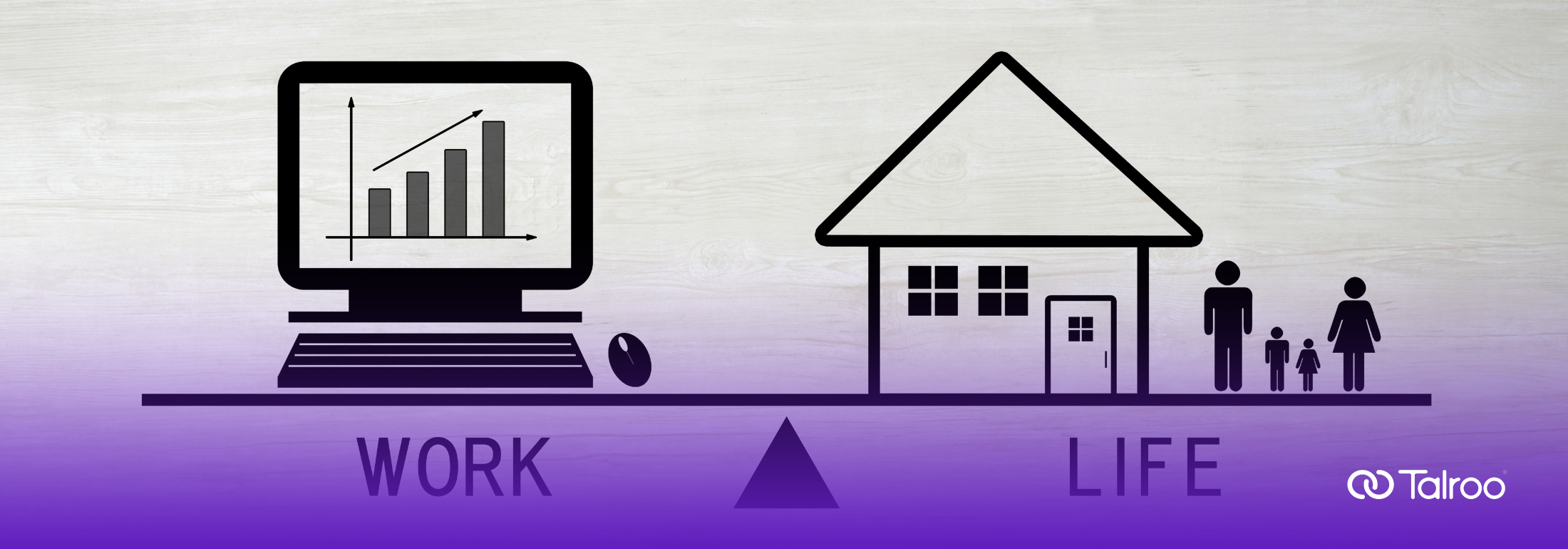
The short answer? Very. The long version? Some generations—especially younger Millennials and Gen Z employees—place more emphasis on having a life outside of work than others, to the point that more than half would take a pay cut of up to 20% in exchange for better work-life balance.
In today’s fast-paced and demanding work environment, achieving a healthy work-life balance has become crucial to employee well-being and organizational success. However, despite its importance, many companies need help to provide adequate support for this essential aspect of employee life.
Related: How to Compete for the Next Generation Workforce
Recent research from Ford sheds light on the growing significance of work-life balance, particularly among younger generations. The 2024 Ford Trends report highlights the increasing importance of work-life balance, particularly among millennials. According to the research, many millennials worldwide are willing to sacrifice a portion of their paycheck to achieve a better work-life balance.
Standouts From the 2024 Ford Trends Report
The research reveals that 55% of millennials are willing to sacrifice up to 20% of their paycheck to achieve a better work-life balance. This demonstrates the strong desire among younger generations to prioritize personal well-being over financial gains.
The study also underscores the importance of flexible work arrangements in achieving work-life balance. Millennials value opportunities for remote work, flexible hours, and other arrangements that allow them to manage their work and personal commitments better.
The Significance of Work-Life Balance
Work-life balance refers to the equilibrium, or balance, between work demands and personal life. It encompasses various aspects, including flexible work arrangements, time management, and prioritizing personal well-being. Achieving a healthy balance is essential for several reasons:
Enhanced Well-being
Maintaining a balance between work and personal life not only helps reduce stress and prevent burnout but also enriches personal relationships and fosters self-care. Employees who feel supported in achieving work-life balance are more likely to be happier, healthier, and more productive, leading to a more fulfilling personal life.
Increased Productivity
Research has consistently shown that employees with a better balance are often more productive and engaged. By providing opportunities for employees to recharge and focus on personal interests outside of work, organizations cannot only boost productivity levels but also foster a more positive and dynamic work environment, contributing to overall organizational success.
Talent Attraction and Retention
In today’s competitive job market, a positive work-life balance can significantly attract and retain top talent. Employees, particularly millennials and Gen Z, value employers prioritizing their well-being and providing flexibility in managing work and personal commitments.
Practical Strategies for Creating Work-Life Balance
Based on the insights from the Ford research and best practices in the industry, here are some practical strategies for both employees and employers to enhance work-life balance:
Flexible Work Arrangements
Employers can offer flexible work schedules, such as allowing employees to start and end their workday at different times, remote work options, which enable employees to work from home or other locations outside the office, and compressed workweeks, where employees work longer hours on fewer days. These arrangements accommodate employees’ diverse needs and preferences. Providing autonomy and trust empowers employees to manage their workloads effectively while maintaining a healthy balance.
Boundaries and Time Management
Encourage employees to set boundaries between work and personal life, such as designated work hours, which means not checking work emails or taking work calls outside of these hours, and dedicated time for relaxation and family activities, which could be a daily exercise routine or a weekly family dinner. Effective time management techniques, such as prioritizing tasks and minimizing distractions, can help employees achieve a better balance.
Related: How HR Can Support Employee Mental Health and Wellness | Talroo
Supportive Policies and Benefits
Implement supportive policies and benefits, such as paid time off, parental leave, and wellness programs, to prioritize employee well-being. Regular communication and feedback sessions also provide employees with the resources and support they need to thrive personally and professionally.
Promote a Culture of Work-Life Balance
Foster a culture that values balance and encourages open communication about personal needs and challenges. As HR professionals, you play a crucial role in leading by example, promoting work-life balance among leadership, and recognizing employees who prioritize their well-being. By doing so, you can empower your workforce and contribute to a more balanced and productive work environment.
Related: Revolutionizing Recruitment: Top 10 Hiring Trends Shaping the Future of Talent Acquisition
A healthy balance is essential for employees and employers in today’s fast-paced work environment. Ford’s research highlights the growing importance of work-life balance, particularly among younger generations who are willing to make financial sacrifices to attain it. By implementing practical strategies and fostering a culture that prioritizes work-life balance, organizations can create a more fulfilling and sustainable work environment for all.
By understanding the significance of work-life balance and taking proactive steps to support it, organizations can enhance employee well-being, productivity, and, ultimately, organizational success.
Resource: Working for Balance – Further with Ford 2024 | Ford Motor Company




